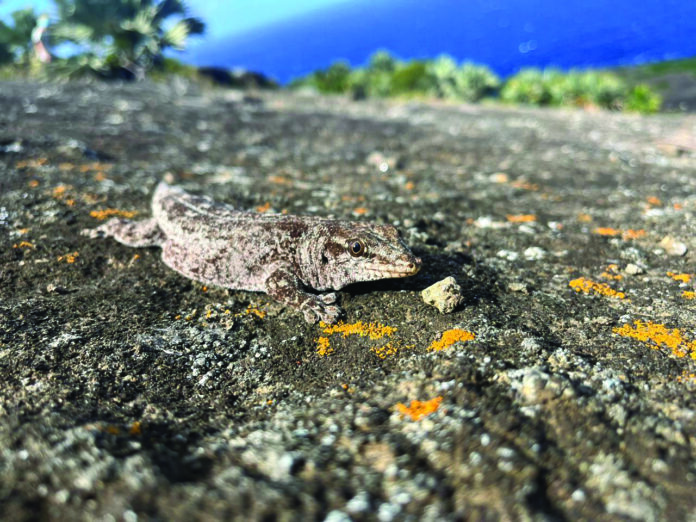Since the 1970s, students, private sector players and local and international institutions have been working relentlessly to conserve and restore Mauritius’s largest nature reserve.
Delphine Raimond
On October 27 at Quatre Bornes, a conference presented the results of half a century of research and action to safeguard the ecosystem on Ile Ronde, a victim of major ecological degradation – human, animal and plant. Speakers included Vikash Tatayah (Director of Conservation at the Mauritian Wildlife Foundation), Nik Cole (in charge of island restoration) and ecologists David Bullock and Steve North. Students at the time, the two Britons discovered the islet in 1975, before returning to it for scientific purposes in 1982, 1989, 1996, 2003 and 2023!
As early as 1930, a number of committed Mauritians were already speaking out about the catastrophic state of local biodiversity, relaying the information to the international community. Decades later, the English naturalist Gerald Durrell once again sounded the alarm. In 1973, at the request of the Mauritian government, ornithologist Sir Peter Scott drew up the first report on the urgency of the situation. By the end of the 70s, a restoration program managed by the MWF – under the aegis of the Ministry of Agro-Industry and Food Safety – was underway! It accelerated two decades later, culminating in the installation of a permanent field station in 2001. The results of the work are very encouraging, but there’s still a long way to go,” Vikash tells me. A large part of the island needs to be reforested. Many species need to be replanted. The need to reintroduce wildlife has yet to be assessed…”.





